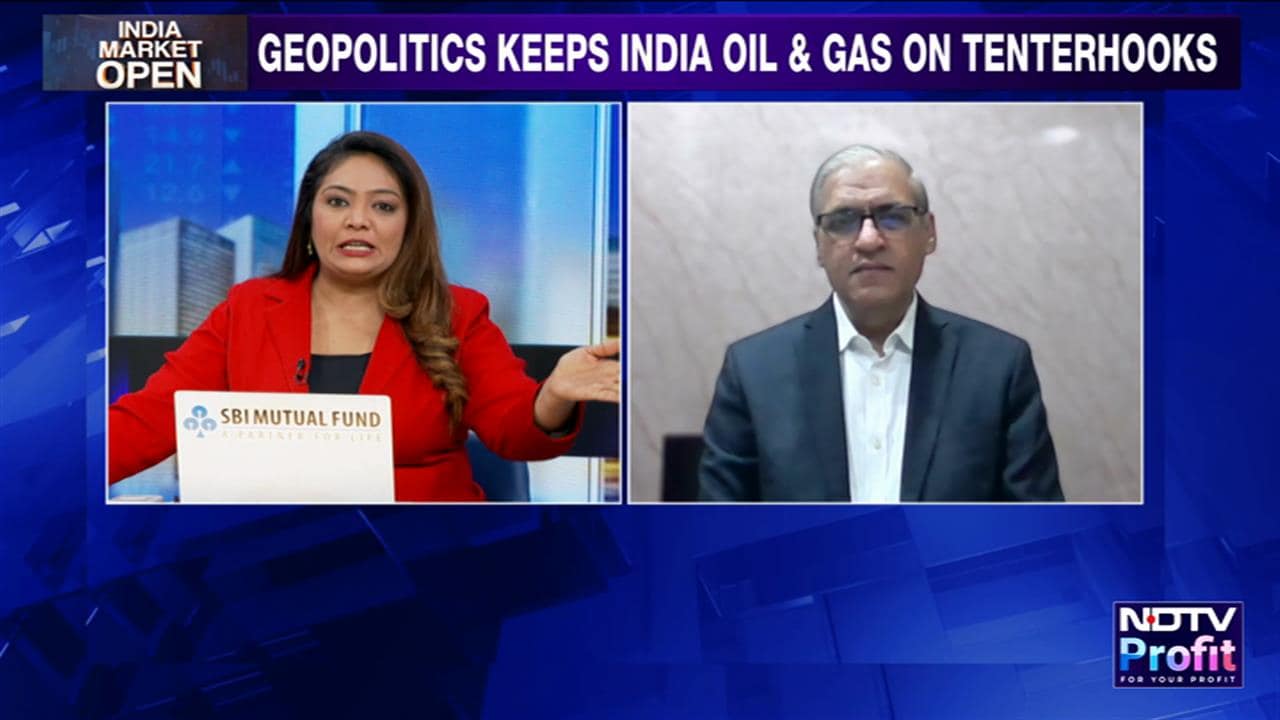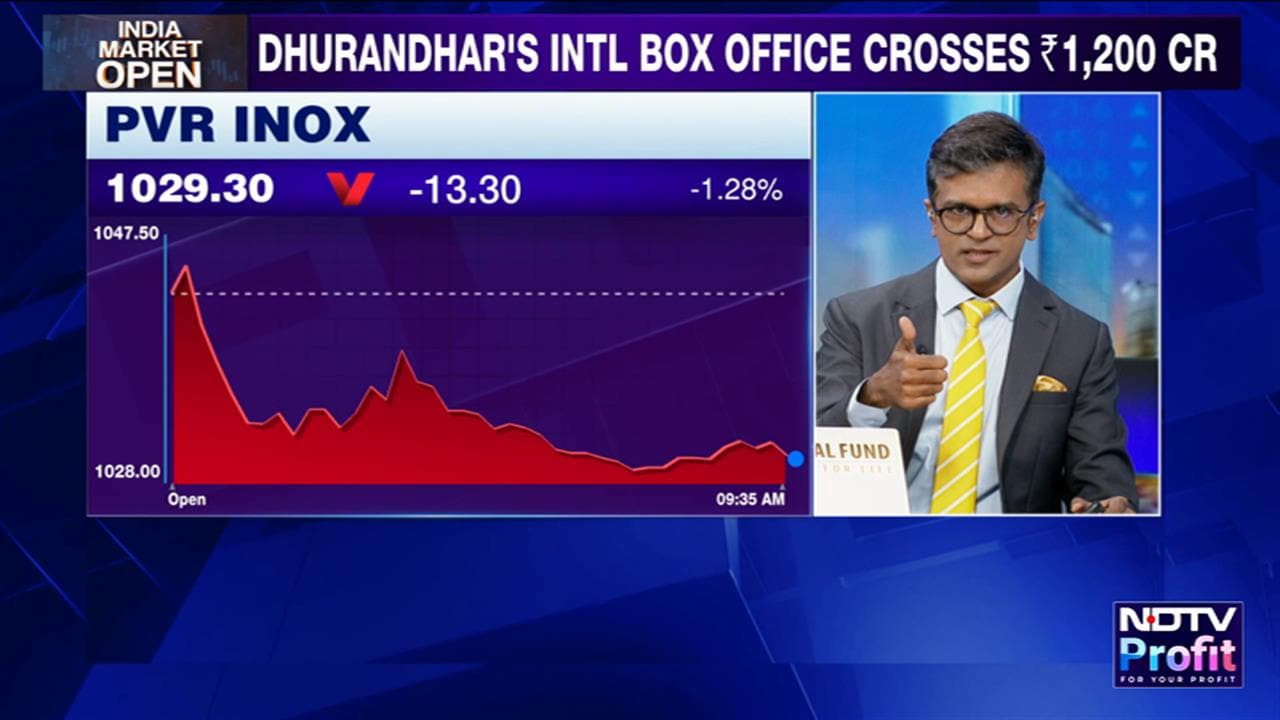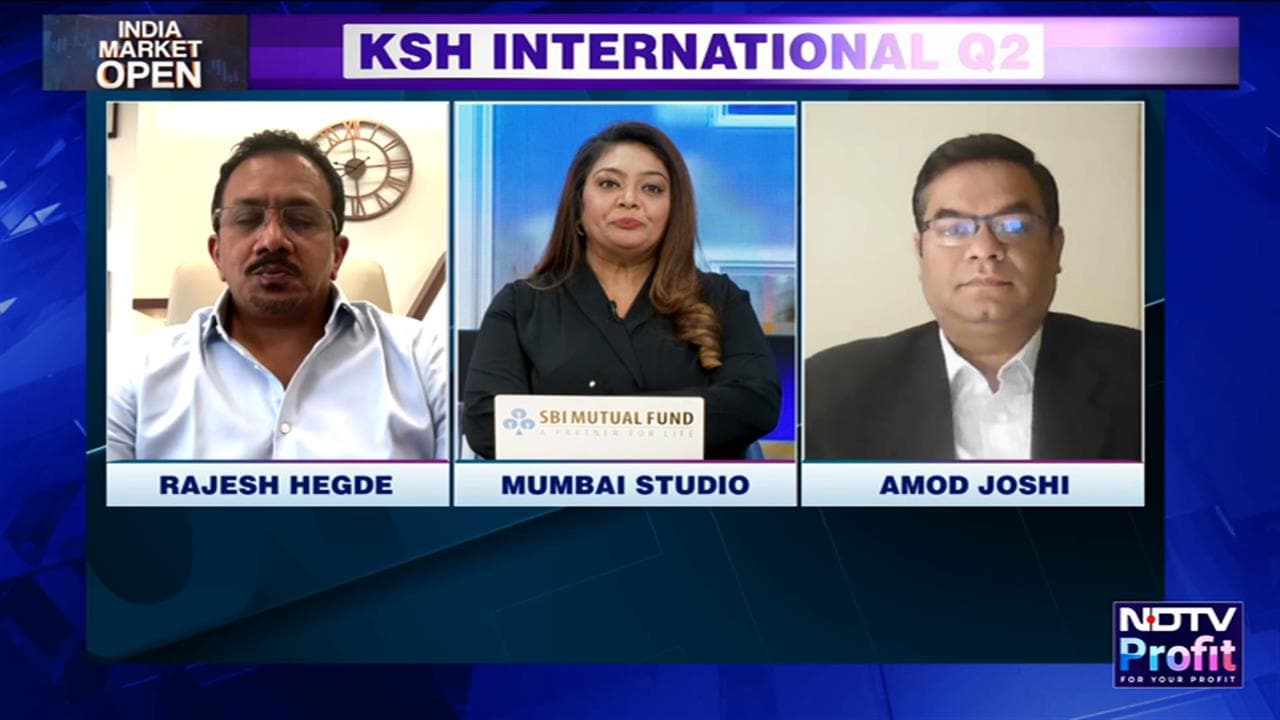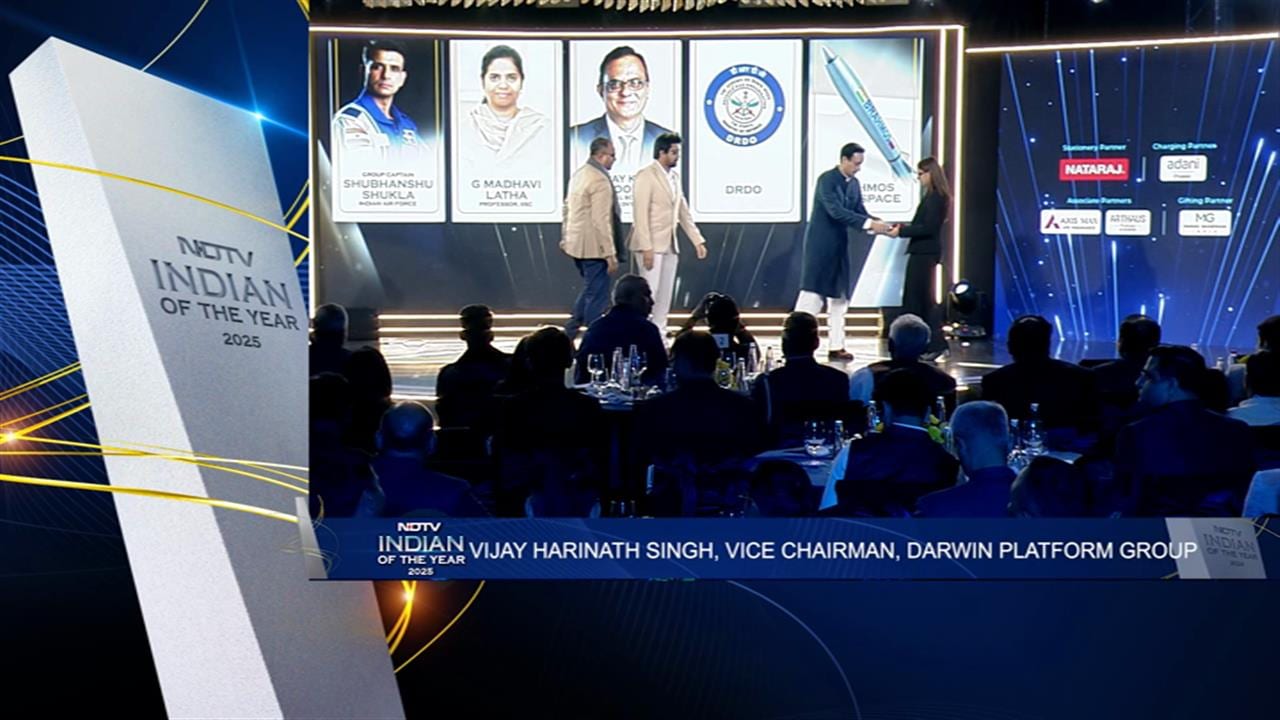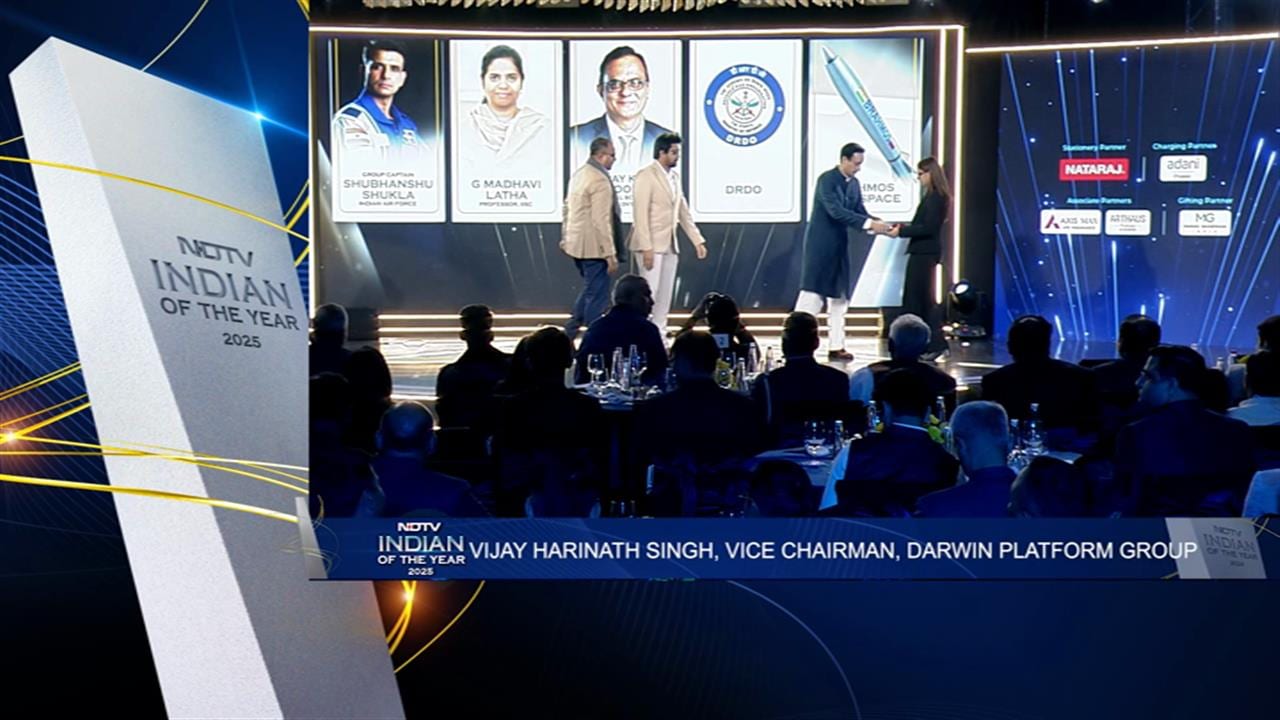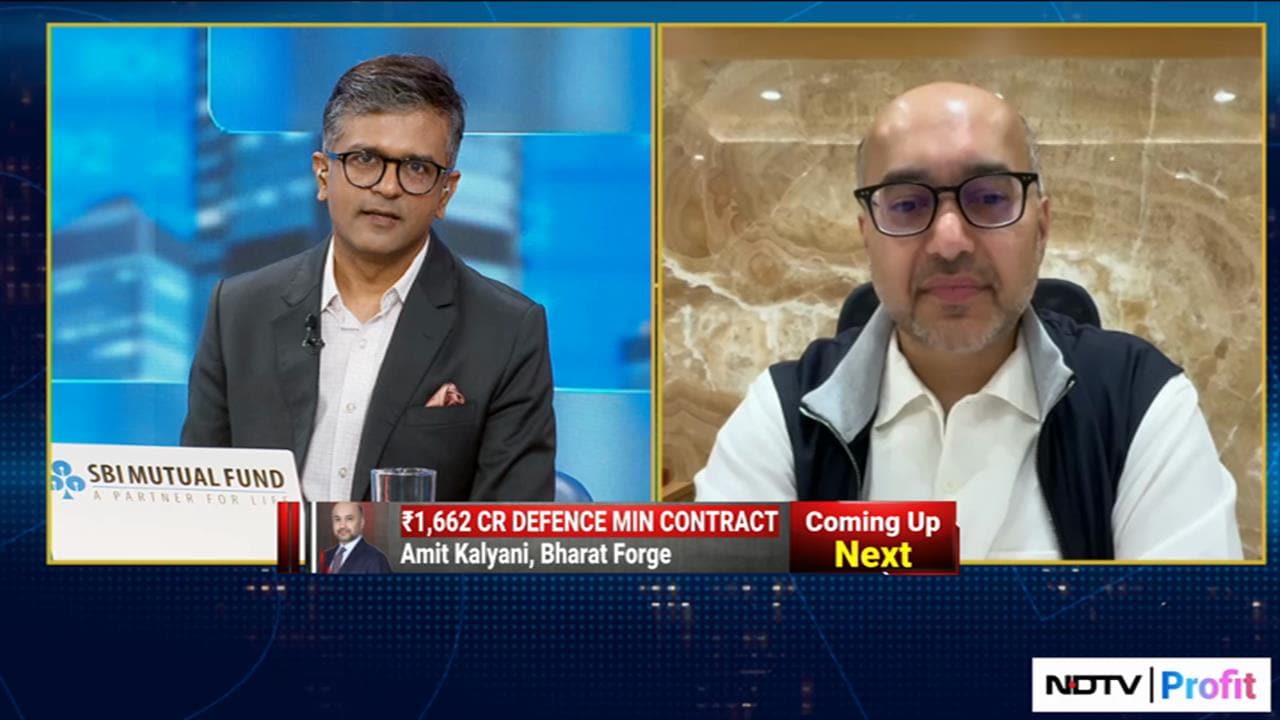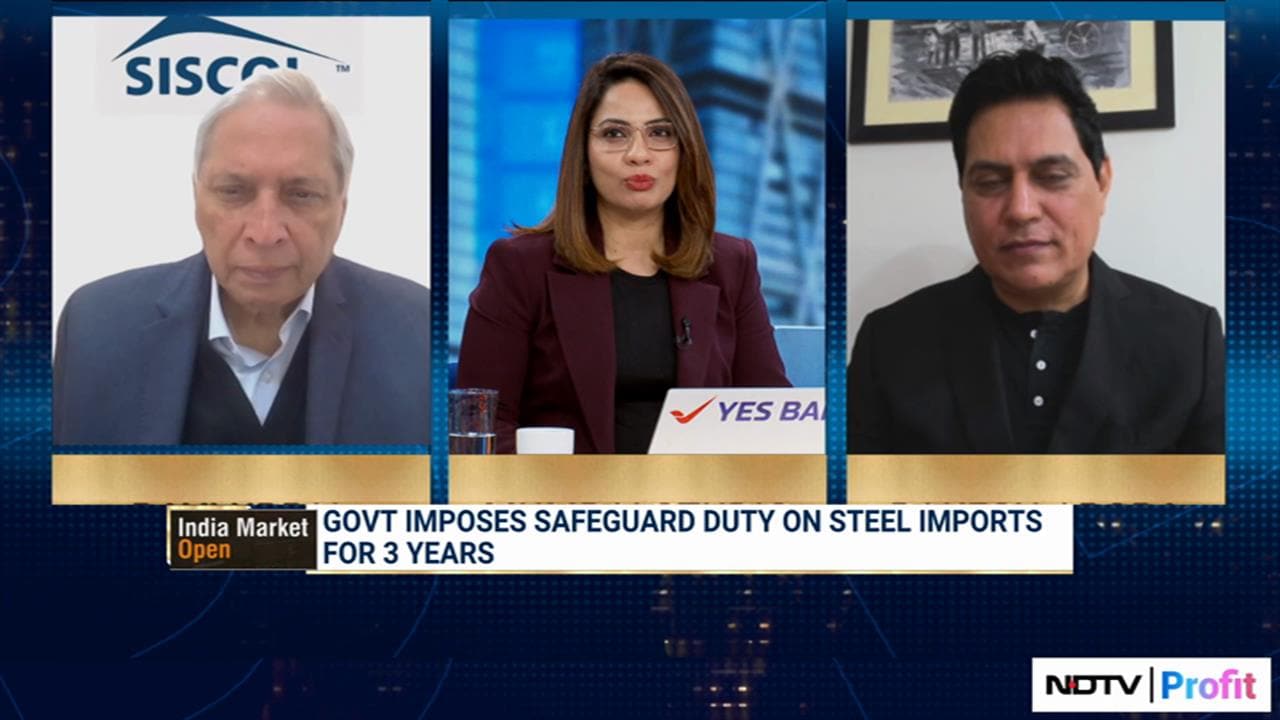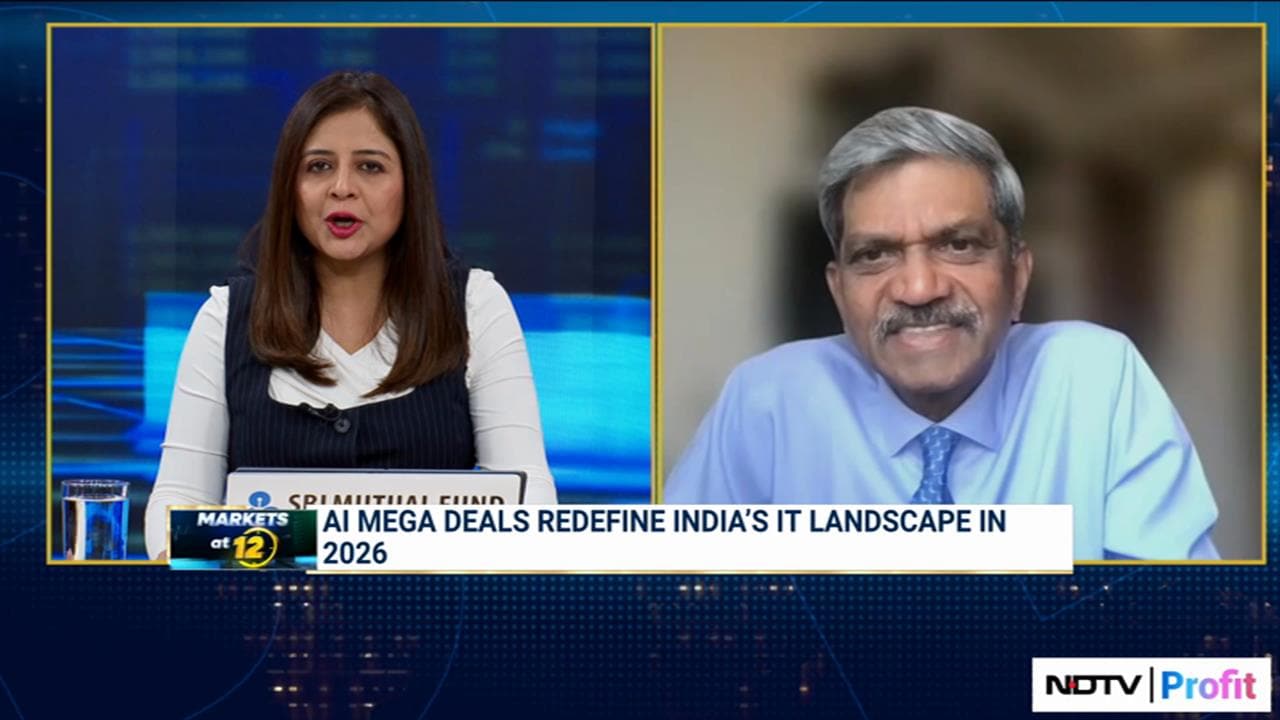
(Bloomberg) -- Boeing Co.'s glitchy space capsule returned to Earth without a crew, after a test flight that was marked by technical problems and delays.
The CST-100 Starliner departed the International Space Station at 6:04 p.m. Friday New York time and landed in White Sands, New Mexico after a flight lasting about six hours.
The mission has drawn international attention after a series of technical issues led NASA to significantly extend the stays of astronauts Barry “Butch” Wilmore and Sunita “Suni” Williams. The pair, originally set to come home in Starliner after roughly a week, will remain on the orbiting research lab until early 2025, when a craft from Elon Musk's SpaceX will carry them home.
NASA decided on Aug. 24 that it was too risky to have astronauts return to Earth in the Boeing vehicle, due to ongoing problems with the capsule's thrusters — tiny engines the spacecraft uses to maneuver through space. Friday's return of an empty craft will renew debate over whether Starliner is safe to move forward as a crew capsule for NASA.
A key factor in NASA's decision was that engineers weren't fully confident how the thrusters might behave when Starliner needed to ignite them to maneuver out of orbit. Despite that, NASA officials said they were optimistic that Starliner would return to Earth safely.
“We have confidence in the vehicle,” Steve Stich, a NASA official overseeing the flight, said during a press conference on Wednesday.
When Starliner docked with the space station June 6, it experienced a number of helium leaks, and a handful of the capsule's thrusters failed and had to be rebooted. NASA and Boeing spent months doing analysis and conducting tests to determine why the issues occurred, but have yet to fully understand the root cause. Stich described the final meeting to decide on the return strategy as a “tense technical discussion.”
During Starliner's return, NASA officials monitored how the thrusters performed to see if they had diminished capability during the trip.
Wilmore and Williams were the first astronauts to fly on Starliner as part of a critical test flight to verify that the capsule was safe to perform regular crewed trips to and from the International Space Station. It's unclear how NASA plans to proceed with Starliner following the landing.
“We have options for how we move forward,” Ken Bowersox, NASA's associate administrator of space operations, said during a press conference last month. “We plan to work together with Boeing to find that path.”
Watch LIVE TV, Get Stock Market Updates, Top Business, IPO and Latest News on NDTV Profit.









